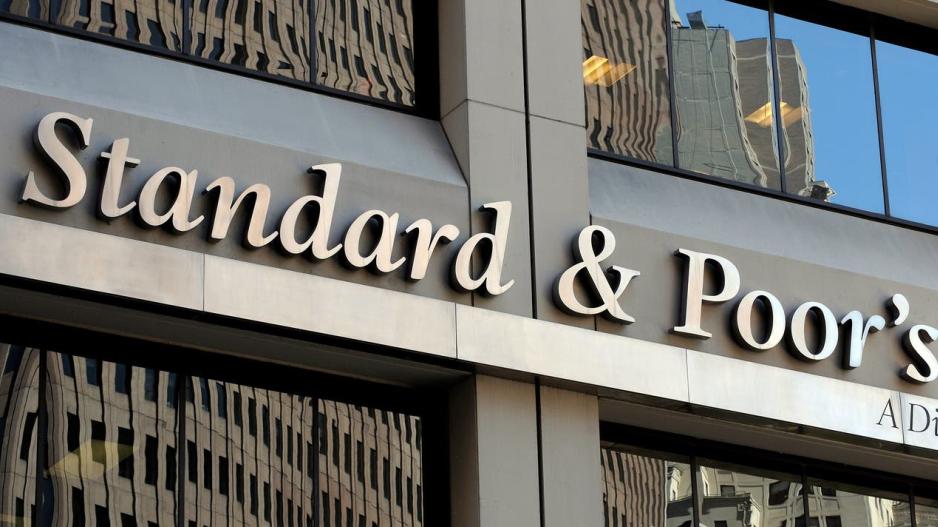S&P Upgrades Bank of Cyprus Credit Rating to BB+
Improved Capital Position and Economic Outlook Drive Positive Rating
Standard & Poor’s upgraded the long-term credit rating of Bank of Cyprus to BB+ (one notch below investment grade) with a positive outlook.
This upgrade follows Cyprus' credit rating upgrade last Friday, also with a positive outlook. S&P cites the bank's strengthened capital position and strong profit generation capacity, alongside reduced economic risks in Cyprus.
“We upgraded Bank of Cyprus and its parent company BOC Holdings based on our assessment that the group's capitalization has improved,” S&P stated in a press release yesterday.
Despite the waning favorable conditions due to high interest rates, S&P expects the net interest margin of Bank of Cyprus to remain resilient at 350-400 basis points in 2024 and 2025, which is over 100 basis points above the historical trend but below the peak of 573 basis points in 2023.
S&P also noted that stringent cost control will sustain profitability, with the cost-to-income ratio expected to move towards 44%-46% by the end of 2026, from a low of 33% at the end of March 2024, yet still below the average of 66% during 2018-2022.
Additionally, S&P foresees a normalization of risk costs, including provisions for recovered real estate, dropping to below 80 basis points from an average of 100 basis points during 2021-2022.
“This will further bolster profit generation from the normalization of interest rates,” the agency said, adding that it broadly expects the group to maintain a return on tangible equity above 16% this year and 12%-13% during 2025-2026.

Regarding the broader banking system, S&P believes banks have absorbed most of the credit losses associated with cleaning their balance sheets. “After years of large non-performing loan (NPL) sales, securitizations, write-offs, and recoveries, the Cypriot banking sector has largely absorbed the hit to asset quality following the 2012 financial crisis,” it added.
S&P noted that while the NPL ratio is higher than those of European peers, it continued to decline, reaching 7.3% at the end of March 2024, with the coverage ratio at 53.3%.
Most NPLs are held by smaller banks, which struggle to offload bad loans through transactions, negatively impacting the overall system's ratio.
“As the legacy of problematic loans fades and economic conditions remain supportive, banks will gradually expand their activities. Although deleveraging continued in 2023, we expect this trend to reverse in 2024, with loan growth averaging 2.5% annually from 2024-2027,” S&P concluded.






